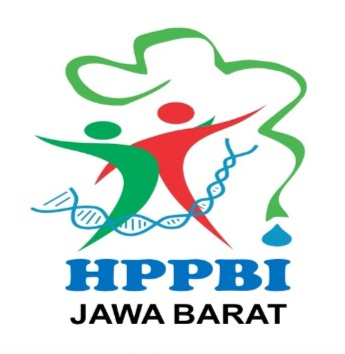The Effectiveness of The Plant Tour Project Model PJJ 3 in One to Increase Statistical Literature Ability of High School Students on Plant Diversity
Abstract
Keywords
References
Abidin, Z., Hudaya, A., & Anjani, D. (2020). Efektivitas Pembelajaran Jarak Jauh Pada Masa Pandemi Covid-19. Research and Development Journal of Education, 1(1), 131. https://doi.org/10.30998/rdje.v1i1.7659
Adedoyin, O. B., & Soykan, E. (2020). Covid-19 pandemic and online learning: the challenges and opportunities. In Interactive Learning Environments. https://doi.org/10.1080/10494820.2020.1813180
Chaiyo, Y., & Nokham, R. (2017). The effect of Kahoot, Quizizz and Google Forms on the students perception in the classrooms response system. 2nd Joint International Conference on Digital Arts, Media and Technology 2017: Digital Economy for Sustainable Growth, ICDAMT 2017. https://doi.org/10.1109/ICDAMT.2017.7904957
Gal, I. (2002). Adults statistical literacy: Meanings, components, responsibilities. International Statistical Review, 70(1). https://doi.org/10.1111/j.1751-5823.2002.tb00336.x
Guo, P., Saab, N., Post, L. S., & Admiraal, W. (2020). A review of project-based learning in higher education: Student outcomes and measures. International Journal of Educational Research, 102. https://doi.org/10.1016/j.ijer.2020.101586
Hafiyusholeh, M., Pascasarjana, M., Matematika, P., & Surabaya, U. (2015). LITERASI STATISTIK DAN URGENSINYA BAGI SISWA (Vol. 64, Issue 1).
Otter, J., Mayer, S., & Tomaszewski, C. A. (2021). Swipe Right: a Comparison of Accuracy of Plant Identification Apps for Toxic Plants. Journal of Medical Toxicology, 17(1). https://doi.org/10.1007/s13181-020-00803-6
PISA 2018 Results (Volume I). (2019). OECD. https://doi.org/10.1787/5f07c754-en
Rashid, A. A., Yunus, M. M., & Wahi, W. (2019). Using Padlet for Collaborative Writing among ESL Learners. Creative Education, 10(03). https://doi.org/10.4236/ce.2019.103044
Sharma, S. (2017). Definitions and models of statistical literacy: a literature review. Open Review of Educational Research, 4(1), 118133.
DOI: 10.55215/jber.v2i2.4873
 Abstract views : 190
Abstract views : 190
Refbacks
- There are currently no refbacks.
Copyright (c) 2022 Aryati M.Pd

This work is licensed under a Creative Commons Attribution-NonCommercial 4.0 International License.









